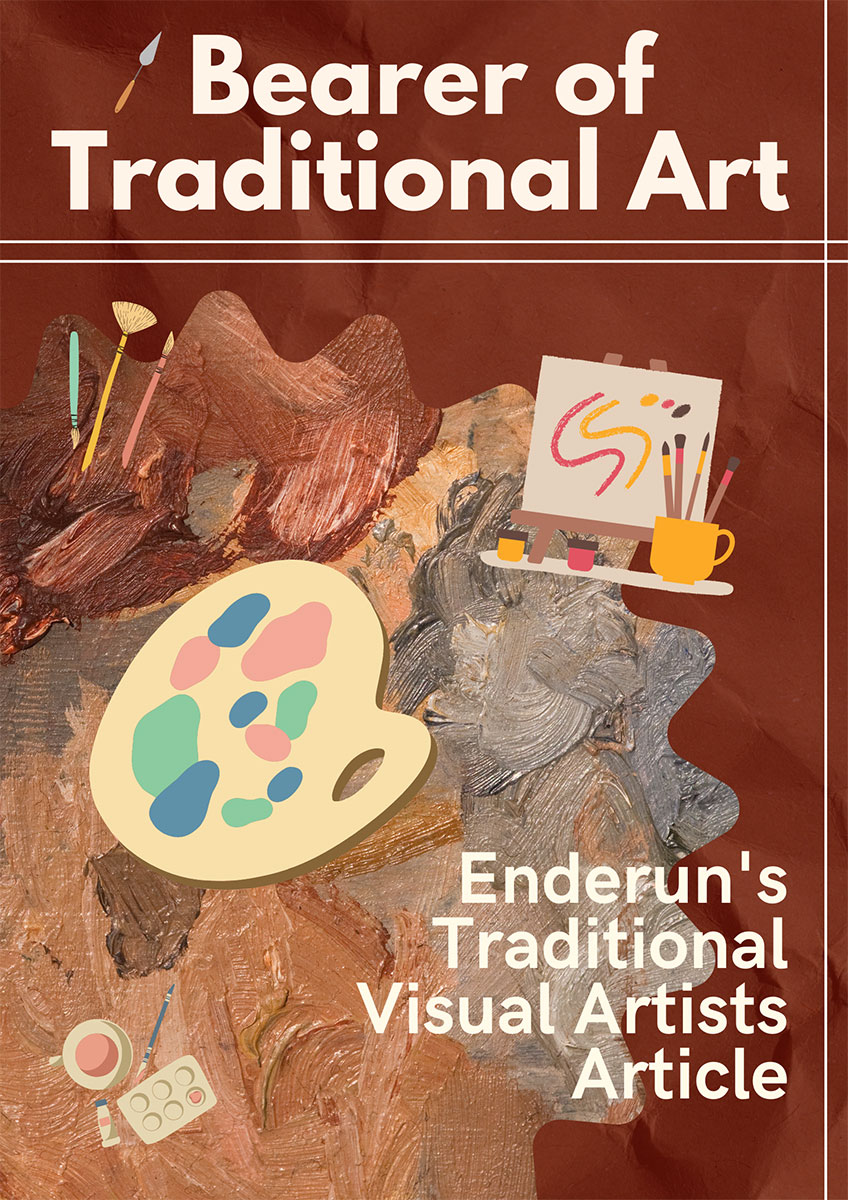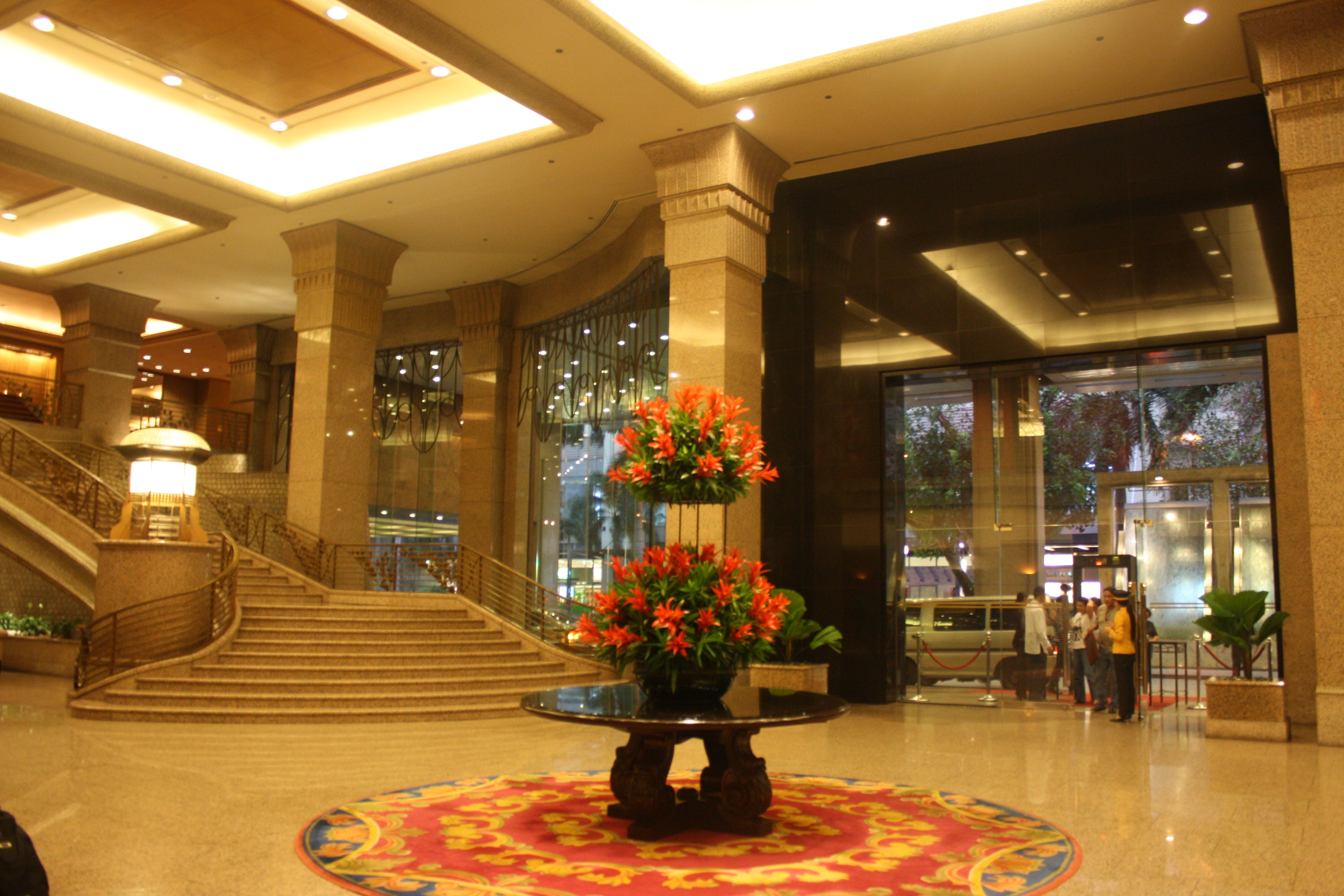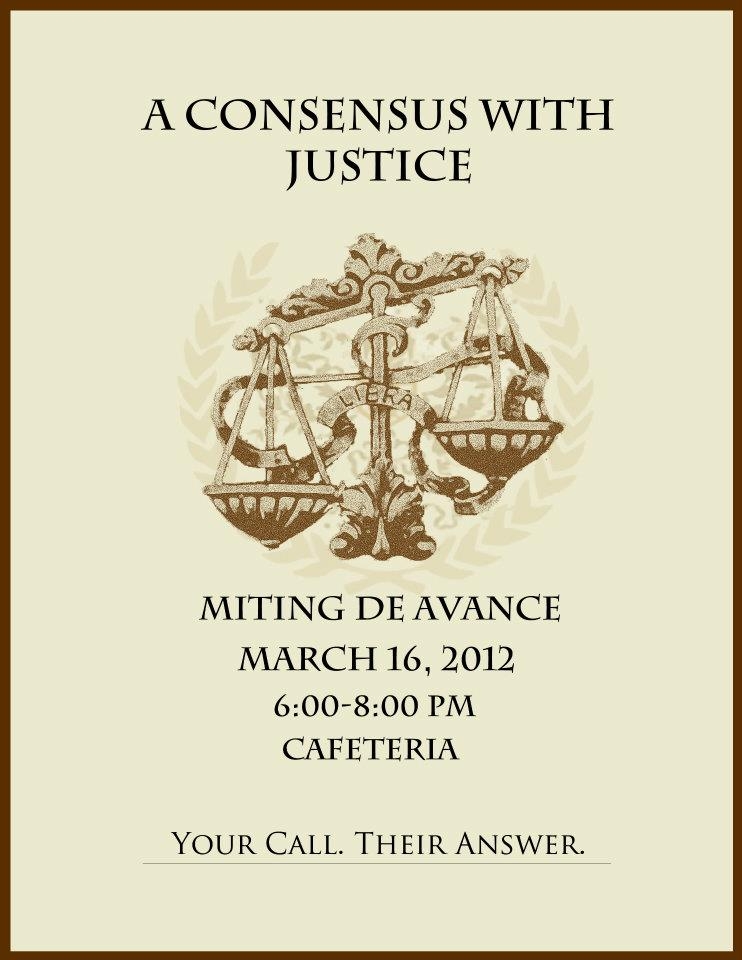Bearer of Traditional Art: Enderun’s Traditional Visual Artists

In modern times, it’s common to see digital art on many platforms while traditional art is regarded as something “experts” create. But what if I tell you that among your peers is a traditional visual artist? We’ll be featuring Titans who are traditional artists and their passion fors their craft.
Ron Ibañez, (@Ibanez.designs) is a divergent in the family as he pursues his creative passion amidst having a medically oriented family. An incoming second year in BS Architecture, Ron shares how at an early age he learned to express himself through art and this was fueled by joining clubs even during elementary school. Later, he learned it was the right path to take as he chose to study Architecture. What he enjoys about traditional art is its creative process:from conceptualization to the final product itself. Ron’s advice to those who want to try art was, “Rome wasn’t built in a day” and he emphasized practice. Ron added, “Don’t compare your work and be stressed about it, so manage your expectations and as well as your frustrations. Make art to express and put yourself out there”.


nother artist from the architecture department, Frances Soriano, embodies grace and dedication in her craft. Her formal introduction to arts was through workshops and art classes. To her surprise, these programs helped her see how amazing she can be with papers and colors. She recalled how her beach landscape painting from her art class made her appreciate art more and even gain recognition from her teachers and classmates. After realizing that she can create such majestic and beautiful art pieces, she focused on creating and expressing more through art. At the moment, she’s studying Architecture and continues to explore and discover the wonders of art. The ultimate purpose for her in the art is the experiences. Starting from a young age with a supportive environment, the fair share of hardships and challenges were overcome by her natural passion for art. Her advice to all the aspiring creatives out there is grounded from the quote of Alan Watts, “Life is rhythmic in nature”. “Just go for it” are her exact words of encouragement: to live and have fun. Her secrets in making art are to remove expectations, eradicate the ego, and surrender to the flow; express in an inspiring and supportive environment. For her, art is a product of perseverance, discipline, and fun.

Last is INK’s digital head, Dorothy Joy Tagle. Her journey in traditional art didn’t just stem out of nowhere. It came from years of practice and investment, especially her mastery in the form of realism. She started drawing as a requirement in her elementary days but unlike other kids in the class, Joy really exceeded expectations when she created more realistic and dimensional figures. She remembers how her Bahay Kubo wasn’t just a flat illustration but rather one with depth and shadows. That’s how she realized that she’s having fun when making artworks. The realization is what kept her immersed in the creative world-the progress down to the fruits of labor which are her final work. Her advice to anyone who’s starting in the arts is to, “just do it” like some sort of commercial, just do it. Take the first step and eventually, you’ll find yourself forwarding. Experiment to unfold what works best for you because art is for everyone.



Each artist shares their perspective regarding the relevance of traditional visual arts in modern times where digital art is prevalent and accessible. Just a disclaimer, this doesn’t intend to pit art forms and neither discredit the value of both art forms. All of the Enderun artists mentioned above agree that traditional visual arts are still and will continue to be relevant with their respective arguments. For Tagle, it’s the power of animating the 5 senses of the audience. This includes how artists embrace the process of art coming into life right before their own eyes. Also, the feature of no “undo” in traditional arts makes the output special because one knows that all the mistakes are treated as a masterpiece. For Ibañez, “Iba and dating” sums up how he appreciates the workmanship and skill in making traditional arts. Furthermore, the communicating prowess of traditional art is finely translated through the details that it offers. Lastly, for Soriano, traditional visual art is a language of its own as it captures the souls and the core of its viewer. Moreover, the beauty of it questions life’s duality as it breathes and evokes raw texture. Our artists believe that each art form has its own edge and will continue to provide an avenue for expression. How about you? Do you think traditional visual art is still relevant?





